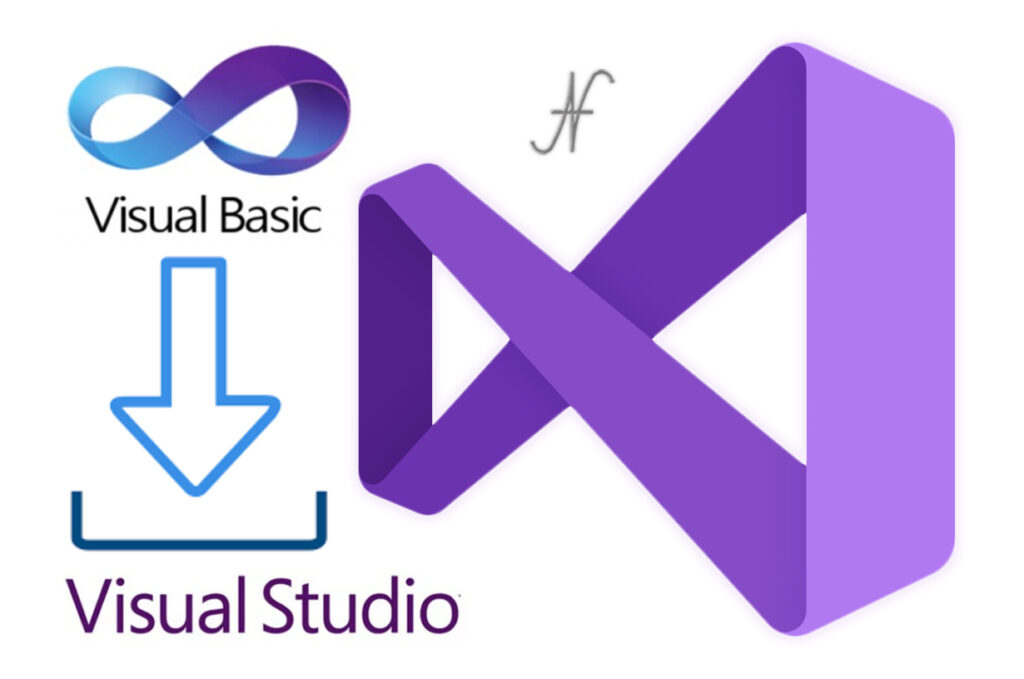
Free eBooks for Beginners
Visual Basic .NET is a programming language that is used to create a wide range of applications for the Windows operating system. It is a modern version of the original Visual Basic language and is an object-oriented programming language. In this article, we will be discussing one of the common exceptions in Visual Basic .NET, specifically for beginners: the NullReferenceException.
A NullReferenceException is an exception that occurs when you try to use an object that has a value of “null” (or nothing). This means that the object does not point to an instance of an object in memory. When you try to call a method or access a property of a null object, the exception is thrown.
For example, let’s say you have a variable called “customer” that is supposed to hold an instance of a customer object. However, the variable is not initialized, and it has a value of “null”. If you try to call a method on the “customer” object, such as “customer.Name”, a NullReferenceException will be thrown.
There are several ways to prevent a NullReferenceException from occurring in your program. One way is to check if the object is null before trying to use it. This can be done using an “If” statement.
Another way is to use the “Option Strict” compiler option. This option tells the compiler to generate an error if you try to use a variable that has not been initialized. This can help to catch null reference exceptions before they occur at runtime.
It’s also important to note that when working with reference types, they are initialized to null by default, so you should initialize them before using them, this can be done by using the “New” keyword.
You can also use the “Null Coalescing Operator” (??) to provide a default value when a variable is null. This operator will return the left-hand operand if it is not null, otherwise it will return the right-hand operand.
In conclusion, the NullReferenceException is a common exception that can occur in Visual Basic .NET when working with objects that have a value of “null”. It occurs when you try to use an object that does not point to an instance of an object in memory. To prevent this exception from occurring, you can check if an object is null before using it, use the “Option Strict” compiler option, initialize your reference types, or use the “Null Coalescing Operator” to provide a default value when a variable is null. By understanding and avoiding this exception, you can create more stable and efficient programs.
Cookbook – VisualBasic.NET for Beginners – Chapter 26 : NullReferenceException
 Loading...
Loading...
Disclaimer: The information and code presented within this recipe/tutorial is only for educational and coaching purposes for beginners and developers. Anyone can practice and apply the recipe/tutorial presented here, but the reader is taking full responsibility for his/her actions. The author (content curator) of this recipe (code / program) has made every effort to ensure the accuracy of the information was correct at time of publication. The author (content curator) does not assume and hereby disclaims any liability to any party for any loss, damage, or disruption caused by errors or omissions, whether such errors or omissions result from accident, negligence, or any other cause. The information presented here could also be found in public knowledge domains.
Learn by Coding: v-Tutorials on Applied Machine Learning and Data Science for Beginners